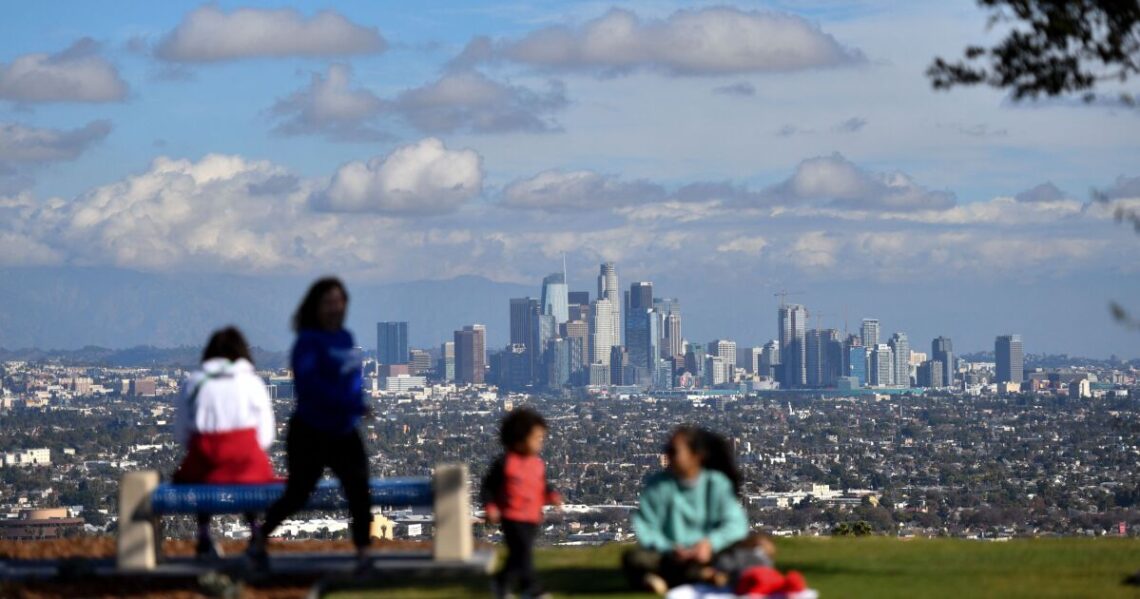If you’re reading this, there’s a good chance you live in Los Angeles. But do you live in the city of L.A.? An unincorporated area of L.A. County? Or do you actually live in another city entirely, such as Beverly Hills, West Hollywood, Inglewood or Culver City?
There are 88 cities in the county, but not every patch of land under the L.A. County umbrella is a city. Some places have their own police forces. Some don’t. Some have their own fire departments. Some don’t.
Why are things like this? We’ve been looking into it, and it seems one of the answers is — drum roll — water.
The power of water
More than a hundred years ago, the city of L.A. was already one of the ‘it’ places for development and population growth. Sunshine, open land and a manufacturing boom ruled. Between 1890 and 1900 alone, the city of L.A. more than doubled in size to over 100,000. And it kept doubling in the decades after.
There were other cities around. The city of L.A. was the forerunner, of course, incorporated in 1850, and cities like Pasadena (1886), Santa Monica (1886) and Long Beach (1897) came after. By 1901, there were 12 cities in L.A. County.
But with more people in L.A. came the need for more water. The L.A. River was a reasonably viable water source for the city until about 1900, according to William Deverell, the director of the Huntington-USC Institute on California and the West. To truly become a metropolis, though, city leaders had to get planning.
What you should know
-
A city is a municipality that has the power…
Read the full article here







